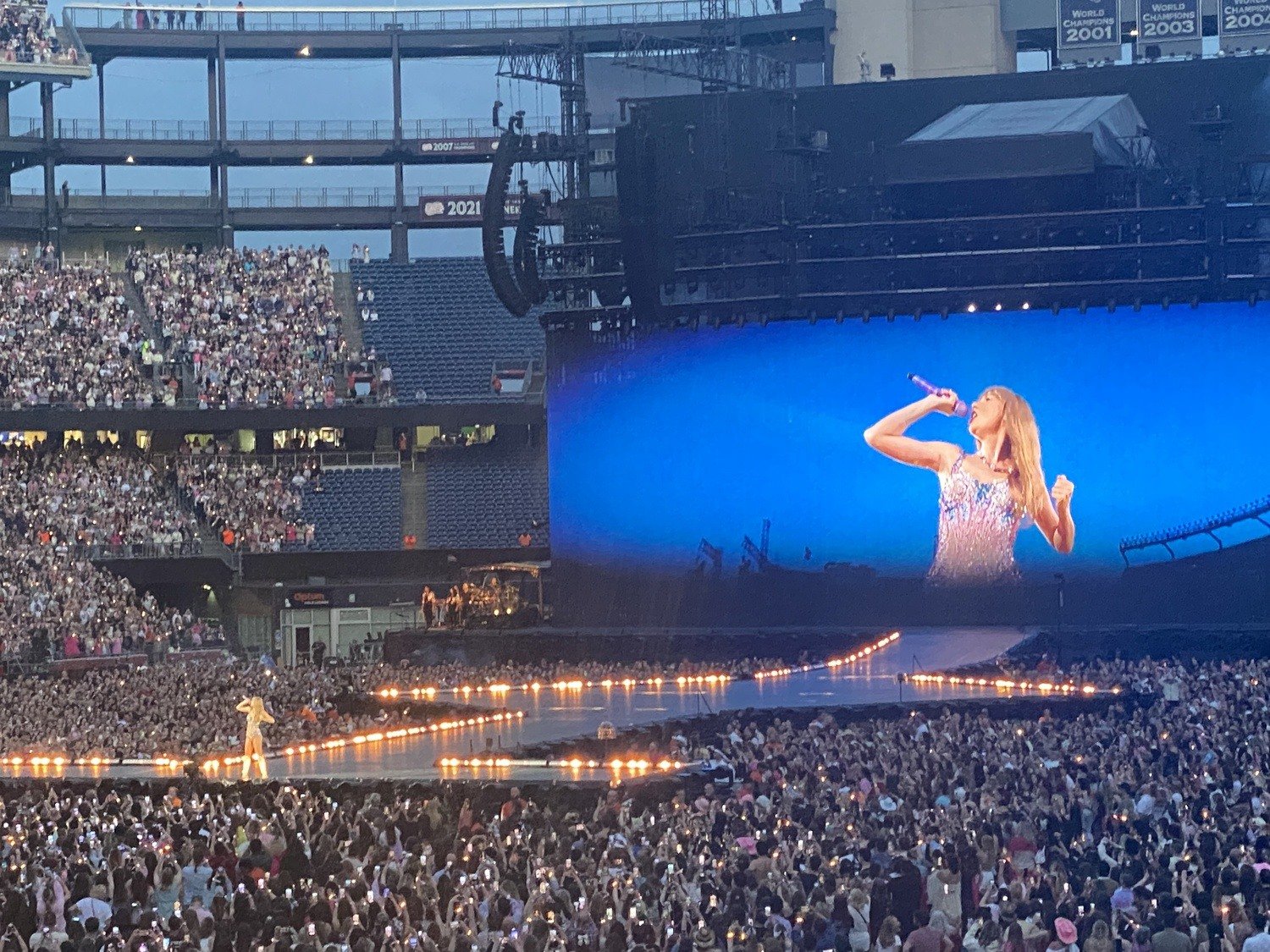Next Year’s Sales Kickoff Must Look and Feel Different
In-person SKOs were declared forever dead at the start of the pandemic. But now they’re back with a vengeance. Across industries and markets, our clients are heads-down planning their kickoffs for Q1.
Now is the time for new thinking when it comes to sales kickoffs.
If you’re not planning a fundamentally different experience, you’re missing the mark. Done right, the SKO is the launchpad for the year’s revenue strategy. It rallies the team around the vital few priorities. And it anchors the annual enablement plan.
Getting this new SKO model right requires a solid strategy and flawless execution. It means more intentional planning and collaboration across product, marketing, and sales. And now more than ever, it demands strong leadership by enablement.
5 Next Generation SKO Strategies
There are five actions high-performing sales organizations are taking to optimize their upcoming SKO:
Strategy 1: Adding through Subtraction
Bringing the team back together after nearly 3 years means lots of pressure to fill every minute. But endless mainstage presentations and breakouts running from breakfast to dinner are the last thing you want now.
Less is more when it comes to your next SKO. Go into the archives and open the agenda from your last in-person SKO. Then, delete 40% of it. We’re seeing draft agendas with about 60% of the available time being filled.
Utilize the open time for loosely structured networking and informal collaboration. For many, this will be the first time they’re meeting their colleagues in person. Others haven’t been face-to-face in years.
Be warned, this addition-through-subtraction approach presents challenges. It means some executive or function or pet topic won’t make the final cut. Feelings will be hurt and political capital might get spent. Hold the line and stay focused.
Strategy 2: Getting Everyone on the Same Page
Marketing, product, HR, finance, corporate strategy. So many needy constituents with so many things to say to sales. In the past, it wasn’t unusual to slot-in different groups and cut them loose on whatever they wanted to cover. The result? Disjointed, fuzzy, and often conflicting messages.
All commercial teams and related functions must be on the same page. Each should deliver a part of one interconnected story. Easier said than done, right? The best enablement teams are driving this alignment by:
- Inviting all parties into the SKO planning process early
- Anchoring everything to the revenue story (if that story isn’t abundantly clear, do whatever it takes to get leadership to clarify and document)
- Empowering a content czar with editorial rights to force the connections across sessions
- Over-prepping presenters until they can tie every one of their messages back to the main story
- Defining a united theme as part of the initial communication, with each group repeating and reinforcing it during and after SKO
Strategy 3: Balancing Participant Intake with Application
Next generation SKO agendas dedicate significant time to real work. They allocate large chunks of time and mental space so teams can bring concepts to life. This likely involves breakouts of account teams or like customer segments, verticals, or sales motions.
It starts with SKO branding. Position the meeting as a “workshop”. Set the expectation that actual work will take place (not just passive information intake). In the same way, it’s not a “role-play” but a “real-play”. Any practice needs to be realistic and contextualized to participant roles and accounts.
While quick table activities are good, larger agenda blocks give participants time to really struggle with a new concept. In other words, don’t let participants off-the-hook with superficial understanding. Make the most out of the application aspects of your SKO. Participants will need structure in their learning ‘walk’ from awareness to critical thinking.
- Introduce concepts early, starting with pre-SKO activities (readings, self-paced learning, etc.)
- Provide clear guidance for the selection of accounts and opportunities to use in application activities
- Strategically assign breakouts – balance like roles with diverse groupings, especially in team selling models
- Prepare managers to effectively lead group activities (including clear instructions and a dedicated prep session)
- Set post-SKO accountability, including how and when others will review participant application activities (and implications for not following through)
Strategy 4: Initiating a Wave of Enablement
The goal of any SKO is triggering actions that extend beyond the event. SKOs should be the starting point – literally, the kickoff – of the annual enablement plan. As logical as that sounds, too many treat SKOs like the point of arrival vs. the point of departure.
This approach means utilizing the full enablement toolkit:
- Plan 1-2 virtual “preview” sessions to set objectives, introduce key concepts, and deliver the leadership endorsement message
- Assign pre-work so participants come primed to go deeper
- Communicate the outline of the full enablement story – everything the sales team sees over the next year should sound familiar and consistent with that story
- Set expectations for how managers will reinforce the concepts going forward in their team meetings
- Define points of manager inspection and coaching
Measurement is key – it’s necessary for continuous improvement and expected by leadership. But there are practical limits to the results any single event can achieve. Define the team behaviors to focus on over the year.
Consider how you will measure those changes, starting with engagement metrics all the way to full revenue impacts. Set 2-to-3-month milestones across the post-SKO timeline. What’s sticking? Where are the disconnects? These insights will guide content refinements and additional programming needs.
Strategy 5: Mixing in the Fun
You already know emotion is a big component of adult engagement, learning, and retention. Now overlay this with the pervasive emphasis on authenticity and informality triggered by the pandemic.
Embrace the new business atmosphere. Make sure your agenda is light and fun. Find ways to infuse humor and less serious activities beyond just the evening or social events.
Break down the formal dynamic of a mainstage presenter and the passive audience member. Don’t let any presentation go more than 10 minutes without a point of interaction. These interactive elements can run the gamut in complexity and timing:
- Toss around a foam-cube microphone to get audience participation
- Leverage live survey tools like Mentimeter or Kahoot so individuals can chime-in from their phones
- Selectively insert leaders or high-performers into sessions to offer field “color commentary” or case examples
- Invite participants into a game of Family Feud or Jeopardy to test knowledge
- Organize longer “missions” that allow smaller teams to compete as they work through learning and practice activities
- Generously award prizes and recognitions – celebrate failures and successes
SKOs that Deliver Results
Next year’s SKO is an unprecedented enablement opportunity. Don’t buy into the myth that SKOs can’t drive real results near and long term. They can – and this year – they must.
Download our Leader's Guide to SKO Success. Click the image below.
Executing an impactful SKO requires strategy, collaboration, creativity. Contact us to set up a virtual workshop to validate or ramp-up your SKO planning. We’d love to share more ideas to make this year’s SKO the best ever.
About The Author
 Researcher, consultant, and sales leader, Brian uses a data-driven approach to drive sales effectiveness. His clients include leading sales organizations in financial services, technology, healthcare, and professional services. Using insight from academics and change management, Brian helps senior leaders and sales enablement teams understand and succeed in today’s more demanding market. His research has been published in Harvard Business Review and other outlets.
Researcher, consultant, and sales leader, Brian uses a data-driven approach to drive sales effectiveness. His clients include leading sales organizations in financial services, technology, healthcare, and professional services. Using insight from academics and change management, Brian helps senior leaders and sales enablement teams understand and succeed in today’s more demanding market. His research has been published in Harvard Business Review and other outlets.




.jpg)